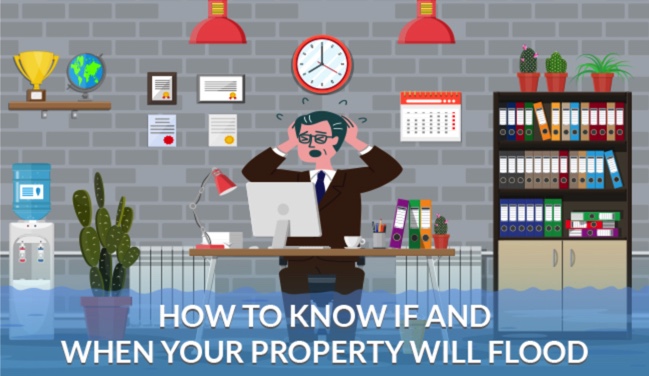Despite where Fortune 500 leaders fall on the political spectrum, I’m finding most agree on one thing: They want to know their risk and potential fallout due to flooding and rising sea levels. Unlike many government leaders, smart corporate leaders are not burying their heads in the sand about the topic. They are reaching out to experts who can advise companies where they are vulnerable to flooding with the help of big data.
Clients have been reaching out to me for help, and I’m putting together a process to help them assess their real estate portfolios. Insurers, lenders, and investors have been using proprietary data for years to underwrite their investments. Luckily, this data is becoming available to everyone.
What was once proprietary and hard-to-come-by data is now available to many, thanks to groups like First Street Foundation and American Flood Coalition.
As sea levels rise, some of America’s favorite coastal places, such as Charleston’s waterfront, are likely to be saved. At enormous costs, the ports and military installations will get the investments needed to maintain our economy and protect our country.
But lesser-known areas will be devastated. Rural highways will be decommissioned. Entire communities will be displaced. Factories will be relocated, and property values will fall.
Lately, I’ve been advising a growing number of clients on the potential risk to their portfolio and suggesting forward-thinking strategies. For example, we are using civil engineers to evaluate where a property will be vulnerable to flooding and analyze insurance assessments. We are compiling future adaptation and mitigation project estimates and budgets. Formulating a cost trade-off analysis has been a must-do.
What we are seeing corporate leaders doing as a result of the realities of increased flooding:
- Real estate departments are engaging civil engineering firms for assessments to understand the real risks. It’s easy to miss the nuances.
- Divisional leaders are creating adaptation and mitigation plans and budgeting accordingly.
- Logistics departments are assessing their alternative routes to critical facilities. In the instance where a route may be flooded, there are alternatives available for employees and trucks.
- Insurance departments are rethinking the effectiveness of flood insurance. The national flood insurance program’s limitations are known and viewed as financially unsustainable (the program sends out $3 for every $1 it takes in). FEMA maps look backward and are ineffective in determining the real impact of future extreme weather.
Take a look at this interactive map by Flood Factor. The nonpartisan First Street Foundation created this free online tool. You can use it to see your property’s current and future risk of flooding and to learn if it has flooded in the past.
I learned about it from my friend and client, Melissa Roberts, Executive Director of the American Flood Coalition. Her group raises awareness about flooding and lobbies for it to be a legislative priority. They are one of my favorite clients, and I just finished an assignment relocating the group’s headquarters in Washington, D.C. If you are interested in learning more about our nonprofit work, send me an email here.
Because information once available only to insurers is now publicly accessible, there’s no excuse for not being aware of what’s happening or expected to happen to your property.
True, there’s a lot of politics surrounding the idea of climate change. But your political leanings won’t matter if you discover your property is literally underwater. Get information now and you can create a plan for protecting your real estate investment.
Call me at 704-953-5500 or send an email if you’d like to learn more about how the changing environment might impact your real estate portfolio.







